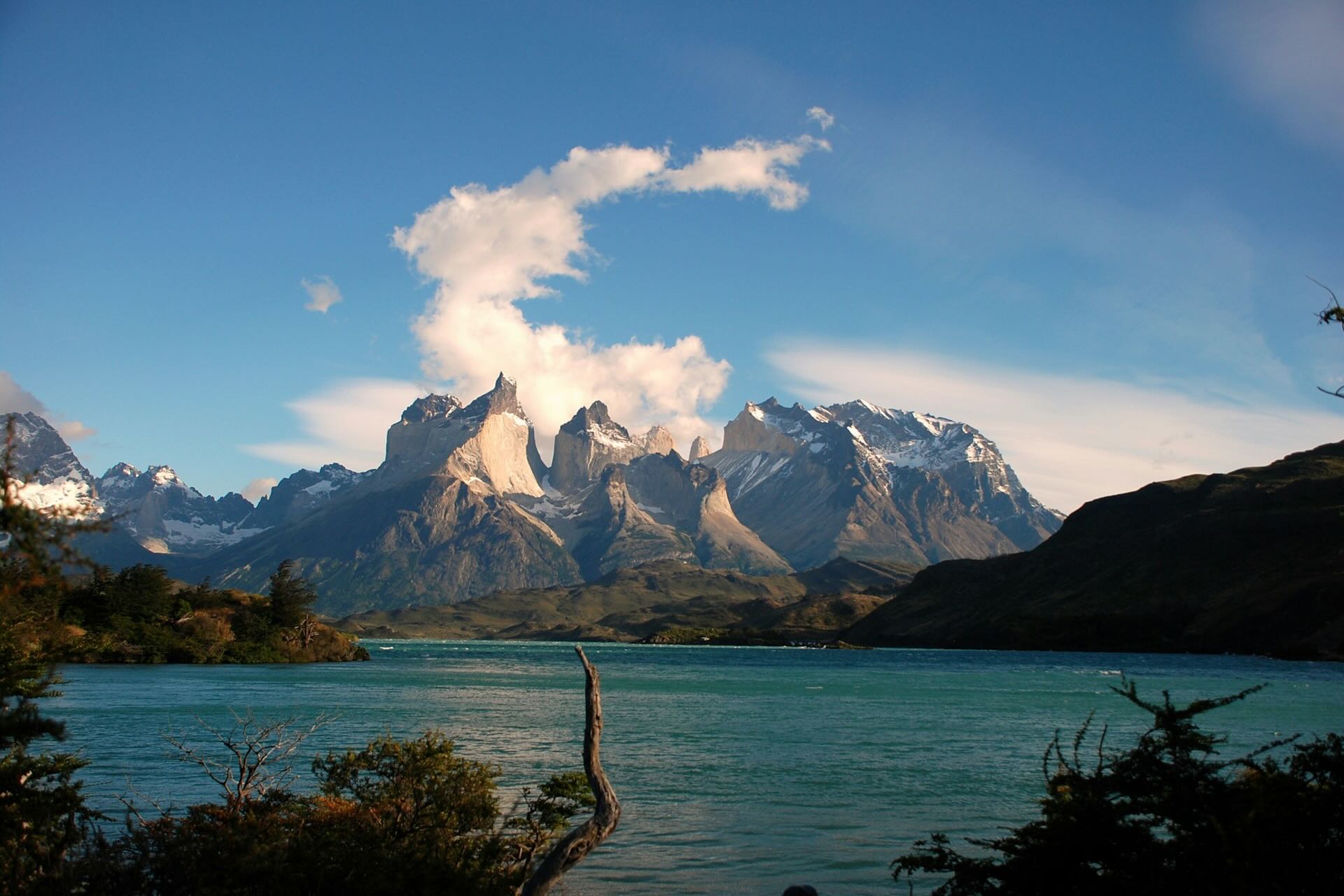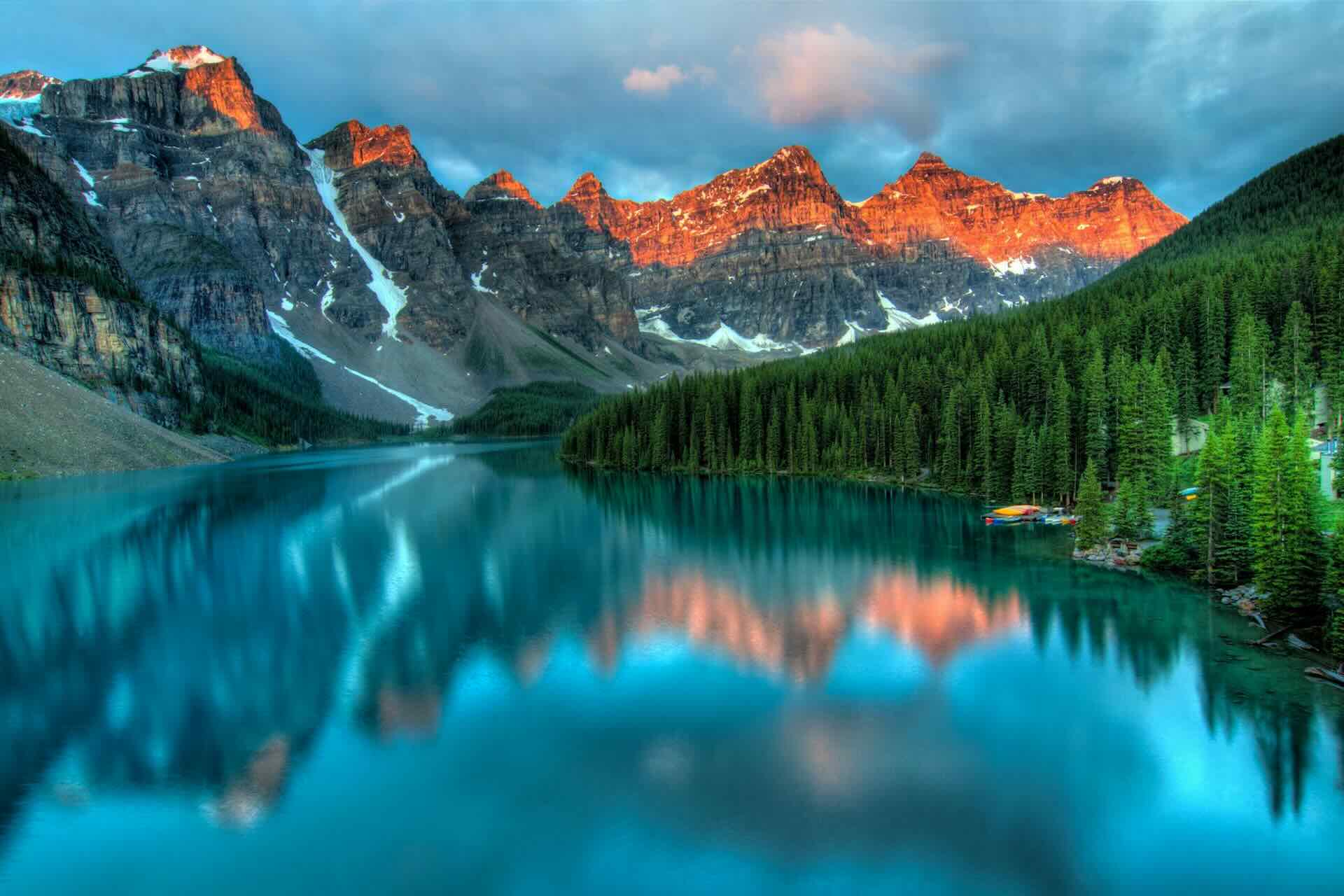Patagonia is one of the most breathtaking and remote destinations on Earth. Spanning both Argentina and Chile, this region is defined by dramatic mountains, vast glaciers, and endless windswept plains. Travelers who visit Patagonia in 2025 can expect an adventure that feels like stepping into another world. It is a land of contrasts where snow-capped peaks rise above turquoise lakes, and wildlife roams freely across open landscapes.
Why Patagonia Stands Out
Patagonia remains a dream destination because of its unmatched natural beauty. Unlike many places shaped by urban growth, much of Patagonia is untouched wilderness. This creates opportunities for adventure seekers and nature lovers who want to experience raw landscapes far from crowded cities.
A Vast and Varied Region
Patagonia stretches over 400,000 square miles, covering both southern Argentina and Chile. The eastern side, in Argentina, features windswept steppes, deserts, and vast grazing lands. The western side, in Chile, is known for jagged mountains, fjords, and glaciers. Together, these regions offer an unparalleled variety of scenery.
A Culture of Exploration
From early explorers like Ferdinand Magellan to modern trekkers, Patagonia has always drawn adventurers. Local communities preserve traditions through crafts, food, and festivals. Visitors not only encounter landscapes but also a way of life shaped by isolation and resilience.
Best Time to Visit Patagonia
The best time to travel to Patagonia depends on what you want to experience.
Spring and Summer
From October to March, Patagonia enjoys milder weather. This is the high season for hiking, trekking, and glacier visits. Long daylight hours allow travelers to spend more time outdoors, though winds remain strong.
Fall and Winter
From April to September, temperatures drop, and snow covers parts of the region. While some trails close, this season offers unique opportunities. Skiing in Bariloche or simply enjoying Patagonia with fewer visitors can make winter travel rewarding.
Top Destinations in Patagonia
Travelers to Patagonia will find world-class parks, towns, and natural wonders.
Torres del Paine National Park
Located in Chile, Torres del Paine is perhaps the most famous site in Patagonia. Its jagged granite peaks, glacial lakes, and wildlife such as guanacos and condors make it a must-visit. The W Trek and O Circuit attract hikers from around the globe.
Los Glaciares National Park
In Argentina, Los Glaciares is home to the stunning Perito Moreno Glacier. Unlike many glaciers retreating due to climate change, Perito Moreno advances steadily. Visitors can take boat trips or even guided ice treks to experience its towering ice walls.
Ushuaia
Known as the southernmost city in the world, Ushuaia sits at the gateway to Antarctica. Surrounded by the Martial Mountains and the Beagle Channel, the city offers hiking, cruises, and cultural museums.
El Chaltén
This small town in Argentina is considered the trekking capital of Patagonia. Trails lead to iconic peaks like Mount Fitz Roy, where dramatic sunrises reward hikers. El Chaltén maintains a welcoming atmosphere with lodges, cafes, and gear shops.
Bariloche
Bariloche, in Argentina’s Lake District, is famous for its alpine-style architecture and chocolate shops. In fall and winter, it becomes a ski destination. In spring and summer, it is a hub for hiking, fishing, and lake cruises.
Outdoor Adventures
Patagonia is best known for outdoor activities that immerse travelers in its vast landscapes.
Hiking and Trekking
Trails in Torres del Paine, El Chaltén, and Los Glaciares attract adventurers from around the world. Multi-day treks allow travelers to camp under star-filled skies while shorter hikes still offer stunning views.
Glacier Exploration
Boat tours to Grey Glacier or Perito Moreno let travelers witness massive ice walls up close. In some areas, guided ice-climbing and trekking tours are available for those seeking more adventure.
Wildlife Viewing
Patagonia is home to diverse species, from guanacos and rheas to pumas and Andean condors. On the coast, visitors may spot penguins, sea lions, and even whales depending on the season.
Kayaking and Boating
Fjords, lakes, and channels make Patagonia a paradise for kayaking. Paddling through icy waters provides a perspective that few experiences can match. Cruises along the Beagle Channel also reveal remote islands and wildlife.
Where to Stay in Patagonia
Accommodations in Patagonia range from rustic to luxurious.
Eco-Lodges
Many eco-lodges emphasize sustainability, blending comfort with environmental care. They often provide guided tours and gourmet meals, all within spectacular settings.
Refugios
Along popular trekking routes, refugios (mountain huts) provide simple lodging for hikers. They are ideal for travelers seeking community and affordability.
City Hotels
Towns such as El Calafate, Puerto Natales, and Bariloche offer hotels, guesthouses, and hostels to fit every budget. Staying in these towns allows easy access to surrounding attractions.
Cultural Experiences
Patagonia’s culture adds depth to any visit.
Local Cuisine
Try traditional dishes like Patagonian lamb, grilled over open flames, or trout caught fresh from rivers. In Argentina, sample Malbec wine, while Chile offers excellent seafood paired with local wines.
Festivals
Small towns often host cultural festivals celebrating heritage, food, and music. These events provide insight into community traditions and local pride.
Indigenous Heritage
Patagonia is home to indigenous groups such as the Mapuche and Tehuelche. Learning about their history and traditions adds another dimension to understanding the region.
Travel Tips for Patagonia
Planning ahead is essential when traveling to such a remote region.
Packing Essentials
Weather can change quickly, so pack layers, waterproof clothing, and sturdy boots. A good camera, reusable water bottle, and trekking poles enhance the experience.
Transportation
Distances are vast, so flights between cities save time. Buses connect towns, but schedules can be long. Renting a car provides flexibility for exploring remote areas.
Entry and Permits
Most national parks require entry fees. These fees contribute to conservation efforts and can usually be paid online or at park entrances.
Health and Safety
Weather conditions can be extreme. Always inform someone of your plans when trekking. Carry maps, snacks, and enough water.
Why Patagonia Belongs on Your List
Patagonia is more than a destination. It is an adventure into the heart of nature. From glaciers that thunder into lakes to mountains that glow pink at sunrise, every moment feels extraordinary. Travelers leave Patagonia not just with photographs but with a deeper appreciation for wilderness, resilience, and the raw beauty of the Earth.
For those seeking a place that challenges and inspires, Patagonia is unmatched. Whether you trek iconic trails, cruise icy fjords, or simply stand in awe of endless skies, this region offers experiences that stay with you forever.
Plan a trip to Patagonia at TravelPal.ai

